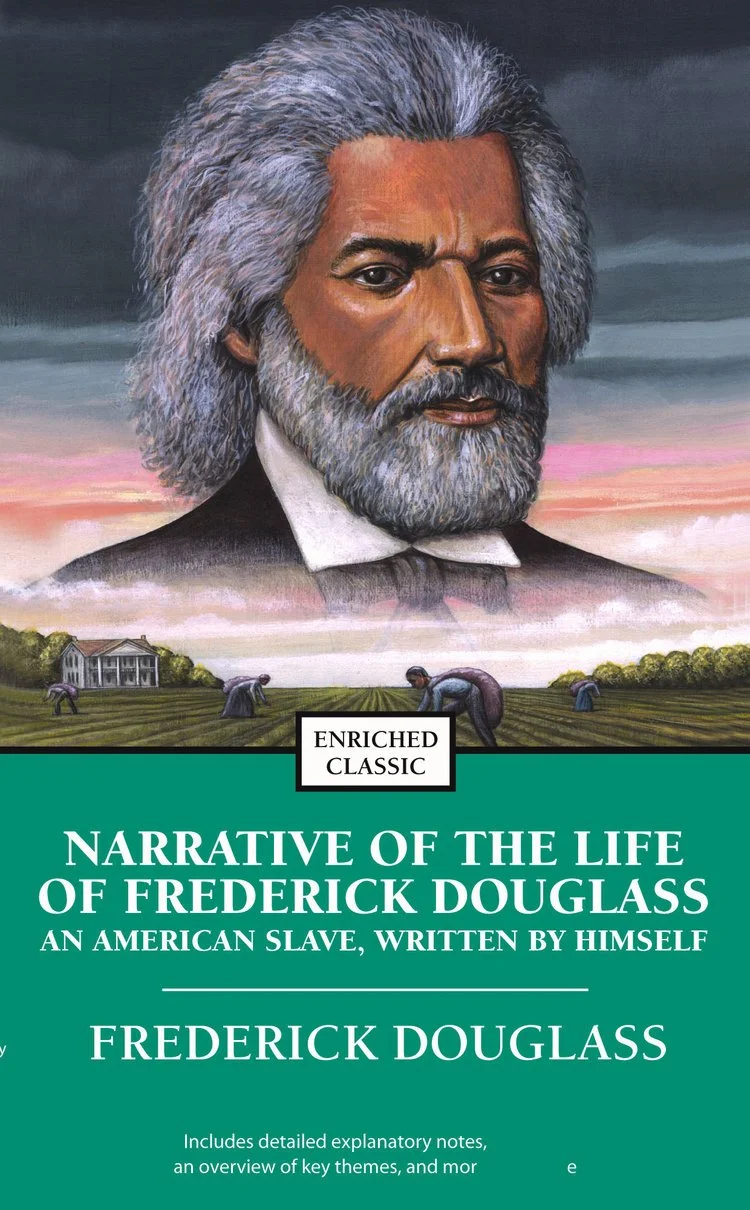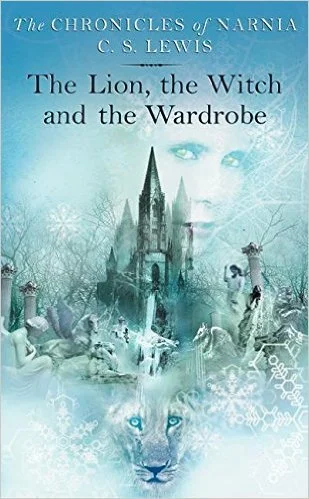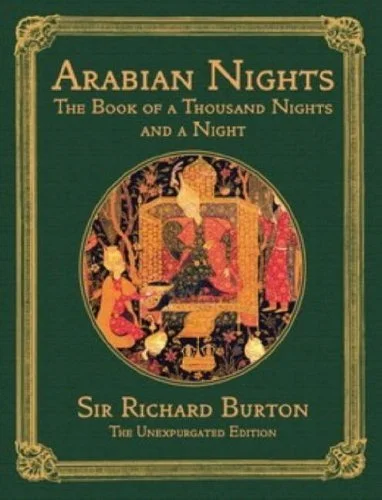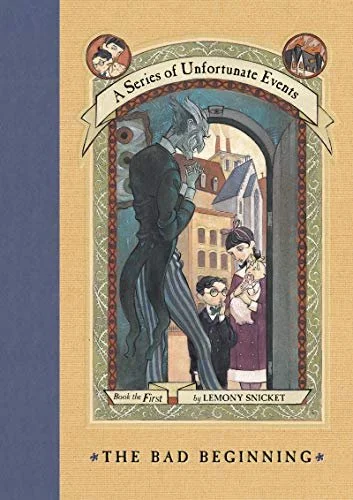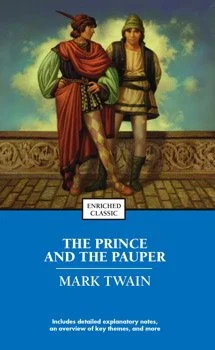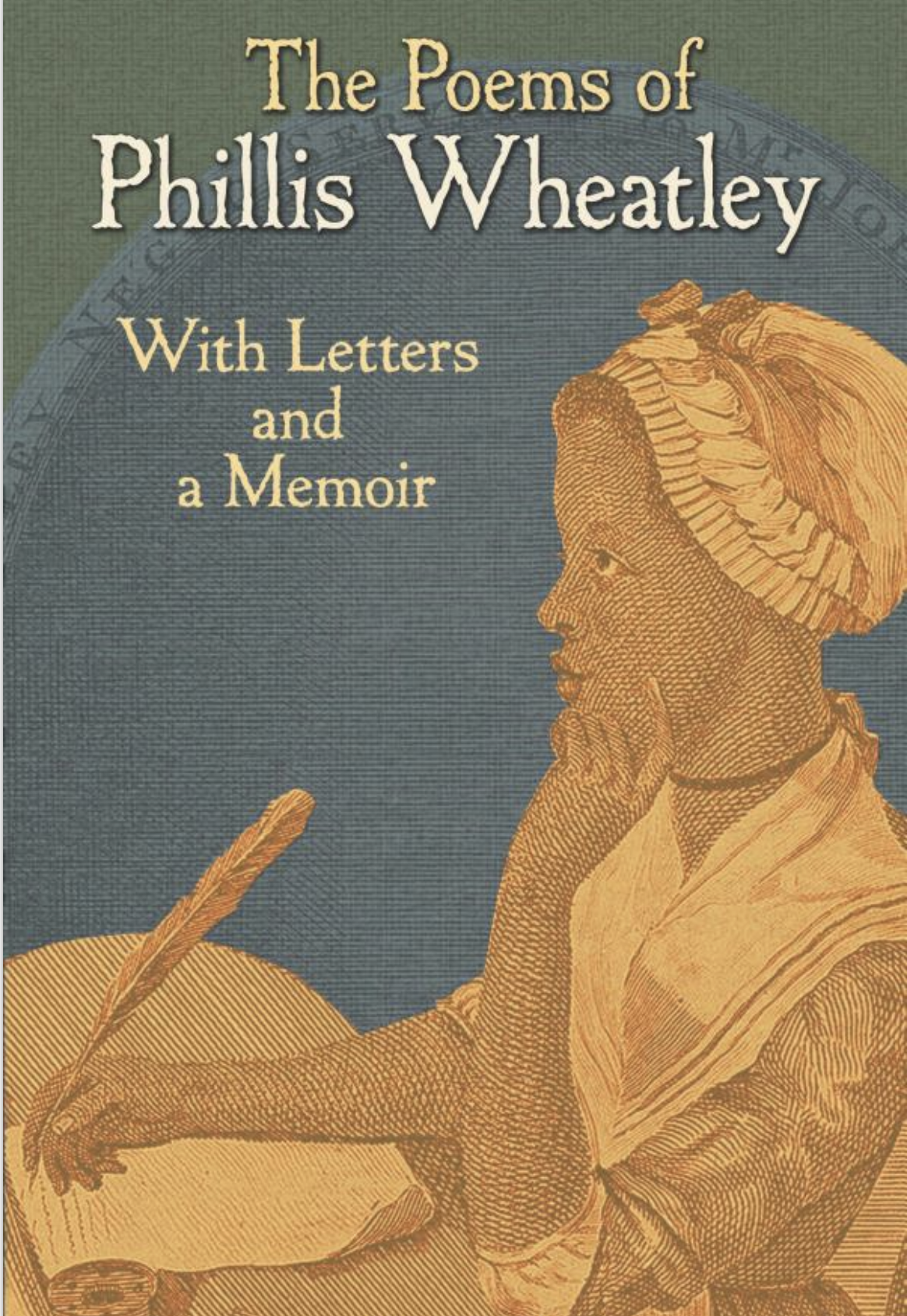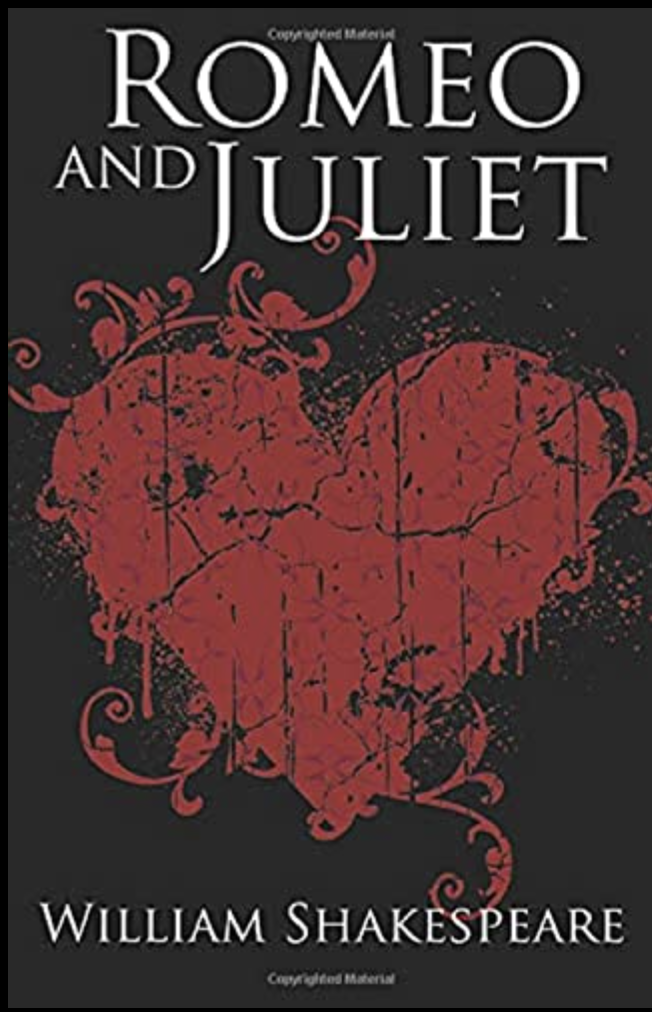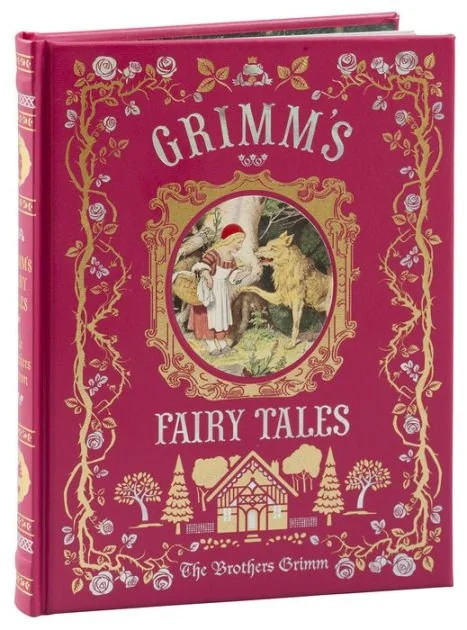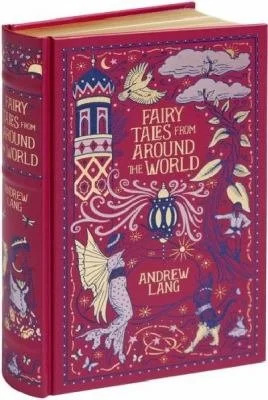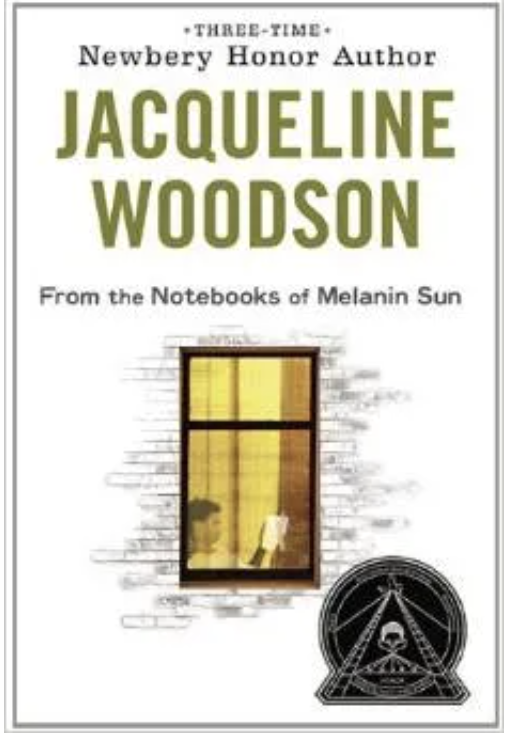Bringing Classics to Life
(Literature Program)
Bringing the Classics to Life is a supplemental reading program designed to introduce students to the rigors and richness of classic literature in their original form. The program builds the imaginations and intellects of children, while expanding their vocabularies and literary analytical skills.
There are a few premises behind the program:
• Not all literature is created equal. Some books have greater educational value than others.
• Literature has a history. By reading classical texts, students become familiar with how literature has developed over time.
• The reading of classic literature is an intellectual discipline that improves with extended practice.
• The persistence and concentration required to read classic literature helps to build the brain. It improves the child's ability to read anything else.
• All children are capable of reading age-appropriate, great works of literature.
• Classic literature is relevant to young readers of all cultural backgrounds, walks of life and periods.
Program Author Heather Miller created this program to ensure that children of widely varying backgrounds and reading abilities could enjoy some of the best stories ever written. But how do you teach the Call of the Wild to a recent immigrant from Yemen? And how do you engage a tween from the Bronx in the world of the Tudor court? Classic literature is known for its rigor. How can children who may be reading below grade level enjoy a text that is three grades above their reading level?
The methods used in Bringing Classics to Life reach all learners and engage them deeply in the imaginative process of reading a great story. The result is skilled, avid readers who are more likely to reach for a book during their free time. As children’s reading skills improve, their confidence and love of learning grows and grows.
Reaching All Learners
Bringing Classics to Life encompasses
• project-based learning to build background into the novel's setting
• dramatic adaptations of classic literature to build student engagement and fluency
• the use of performance is the classroom to actively engage students in performing the text.
• slow and close readings of the original texts to develop comprehension skills
Through these techniques, the program has been successful with:
• English Language Learners
• Students with Learning Challenges
• Students in Gifted and Talented Programs
• Students in Public Schools with class sizes of 28
• Students in Charter Schools with class sizes of 20
Incorporating Nonfiction through Project-Based Learning: Spy Week
The program begins with Spy Week. During this week, students form teams and analyze informational texts to produce a "briefing" or "dossier" on their assigned topic. Each team is provided with a unique set of research questions and deliverables. The questions are designed to address aspects of the setting and context of the novel.
Student teams must use the data to produce
• maps
• charts and tables
• illustrations and diagrams
• timelines
• written reports
At the end of Spy Week, each team presents their research to the Lead Spy who evaluates the quality of the group's work. With the sharing of each team's knowledge, the class is ready to begin reading the classic novel. As the student read the novel, they catch all the historical and cultural references---for they built this background during Spy Week.
Bringing Classics to Life also offers a Plays program in which all the plays are based on classic literature.


